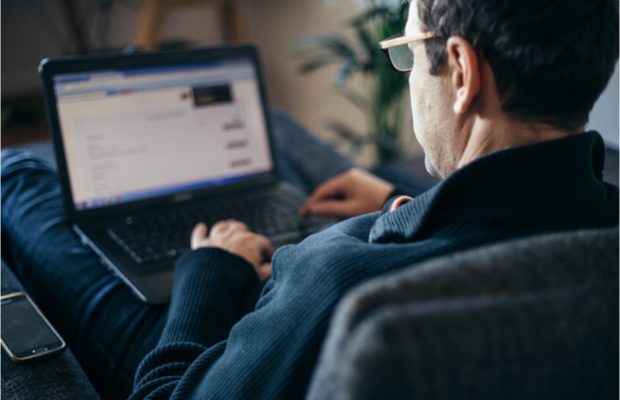
While the Student Recreation Center at the University of California Riverside closed its doors in mid-March due to COVID-19, the marketing team found ourselves in an odd predicament. Do we “go dark” on social media? Do we only report what the campus is reporting? Do we find other content? During this challenging time, as a social media manager I found myself working with other university communication and social media specialists to figure out how to best support our students while still supporting the campus as a whole. Here are some takeaways from what I’ve learned so far:
During times of uncertainty, follow the university’s guidelines.
During the first few days, where closures were fluid, information was not at the ready, and students asked a lot of questions — we did our best to report the facts. We directed students to our campus’ environmental health and safety website, which provided updates, FAQs and other important information. We kept to sharing, retweeting and posting information provided by the university to have consistent messaging and keeping our audience in the loop in real time. Once the dust settled and we had a clearer path, we were able to develop a short-term strategy to best serve our students in this time of social distancing.
Don’t reinvent the wheel.
Tons of resources already exist that we, as recreation marketing professionals, can direct students to for virtual fitness. This is good in the short-term so students have an outlet for their stress and excess energy from being inside. In the first few days of the closure, we shared some of these outlets and other news articles that supported students in helping to find fitness videos and outdoor activities. When we found out we would be closed for longer than two weeks, we decided that providing original virtual fitness to our community needed to be our No. 1 priority. We connected with our fitness manager and group fitness coordinator to figure out if we could record group fitness classes from home, as no one had access to our building. Working with this team, we have had the ability to post a few workouts but continue to collect multiple recorded group fitness classes where students can participate when they want on-demand.
Representing other rec programs.
It was important for us to also represent our other program areas. Without the ability to host any real events due to social distancing, we wanted to find ways to keep our programs relevant. By reaching out to each program area I was able to gather articles, news, tips and other information that would be timely due to coronavirus and also reflect back on the program. For example, we provided articles to our members on how being outside isn’t canceled, dry workouts for swimmers and recipe tips. As a social media manager, my main focus is getting this information to our platforms to share with students, and as the weeks carry on, we are creating a landing page on our main recreation website to house all of our information so we can direct students there as new information arises, and hopefully for online events and group fitness classes.
You are never prepared enough.
That’s right. I said it. Just when you think you have all the video assets you can handle and all the resources at your disposal, something comes along and proves you are wrong. For me, we were so focused on getting students into our facility, we never thought about how we would provide services online. In a digital age, how could we ignore something so important? The first week of working remotely, I was in a scramble to contact fitness instructors to have them video record their classes at home so we could post them on social media. Within the second week, discussion of hosting them on our website came into play. As marketers, we are always looking for ways to improve and I think this shows that sometimes it is best to take a step back and set up what-if scenarios and have assets in place — you know, just in case.
Looking ahead, as we cross into the unknown of the later months we have to think about recreation differently. How can we provide our services digitally, remotely, and still create a positive impact on students and our community? I encourage all recreation marketing professionals to start thinking in this way, if you haven’t already. As we have seen with the growth of social media over the years, we know we can have an impact. It is just about finding new ways to work together to create a stronger digital presence.










